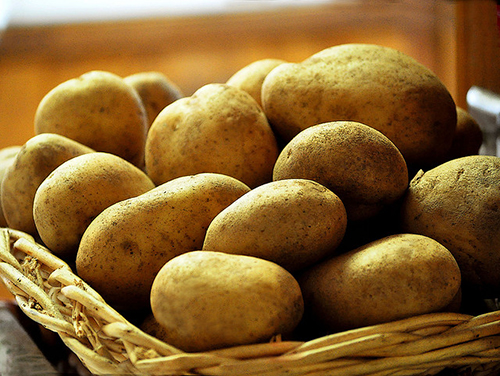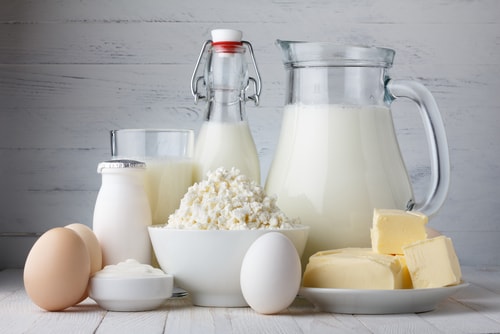- Details
In the first half of October, food prices in Tbilisi’s major supermarkets increased by 10.8% compared to October 2017. On a monthly basis (that is, compared to September 2017), ISET’s Retail Food Price Index increased slightly by 1.7%. On a biweekly basis, most of the prices increased, leading to a higher Retail FPI. The largest bi-weekly price changes were recorded for seasonal food products such as fresh fruit and vegetables. Prices increased the most for cucumbers (51%), eggplants (43%), and peaches (22%). Carrots (4%), sugar (3%), and pasta (1%) showed the biggest price drops.
PRICES OF FOOD CATEGORIES IN MORE DETAILS
Tbilisi’s retail markets experienced significant annual price increases in all five food categories comprising the Retail FPI: fruits and vegetables (2.0%), grocery (2.5%), non-alcoholic beverages (6.6%), meat (9.2%), and dairy products (13.1%).
- Details
By the end of September, ISET’s Retail Food Price Index increased by 10.1% y/y (compared to September 2016). On a monthly basis (compared to August 2017), retail food prices slightly decreased, by 0.5%. The largest bi-weekly price changes were recorded for vegetables. The biggest price increases were observed for eggplant (19.6%), cucumber (16.7%), and potatoes (10.3%). Prices dropped the most for tomatoes (-18%), greens (-15.7%), and cabbage (-11.4%).
IN THE SPOTLIGHT: POTATOES
During the last three years, potato prices have been exhibiting an interesting trend. In 2015, they were relatively high (1.29 GEL). In 2016, prices decreased by 24% (down to 0.98 GEL), and then went up again by 10% in September 2017.
- Details
In the middle of September, food prices increased by 12% y/y (that is, compared to September 2016).
On an annual basis, the biggest price increases occurred for apples (87%), potatoes (46%) and carrots (42%), whereas cucumbers, peaches and tomatoes, on the contrary, became cheaper by 25%, 20%, and 14%, respectively.
The majority of food products in the bundle became more expensive compared to the same period of the previous year, leading to an overall increase of 12% in the food prices offered by the largest supermarkets of Tbilisi. This finding is in line with Geostat’s data, which confirms an increasing trend in food prices and shows that the major drivers of the increase are fruits, vegetables, and dairy products.
- Details
By the end of June, food prices have increased by 8.1% y/y (that is, compared to June 2016) and decreased by 0.6% m/m (that is, compared to May 2017). During the last two weeks of the month, the biggest price increases were for milk (3.2%), cheese (2.4%) and garlic (1.9%). Eggplant, tomatoes and peaches, on the contrary, became cheaper by 26.2%, 24.1% and 17.3%, respectively.
ABOUT DAIRY SECTOR
Although milk prices increased on a biweekly basis, they exhibited a decreasing trend as summer began. As shown in the diagram, in 2017, prices are higher compared to the previous year. Most notably, they do not follow usual dynamics in milk supply. One would expect the highest prices in winter, when there is normally a shortage in milk supplies, and the lowest price in summer, when milk is abundant, but the diagram shows the highest prices in spring.














